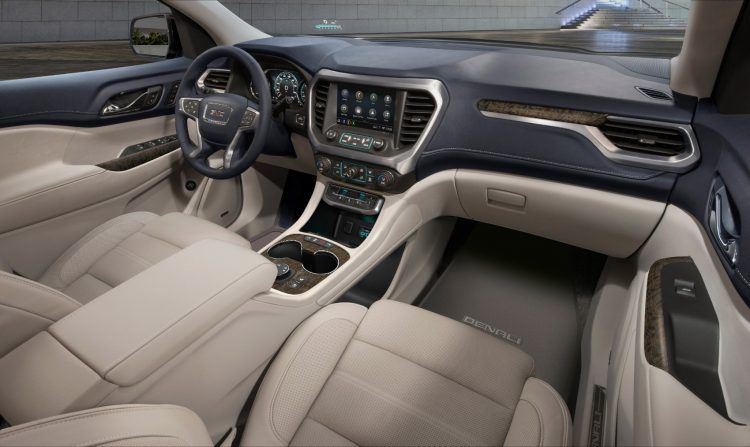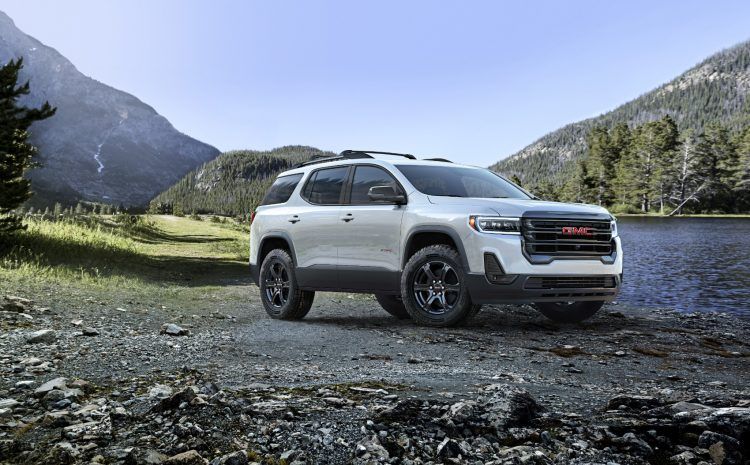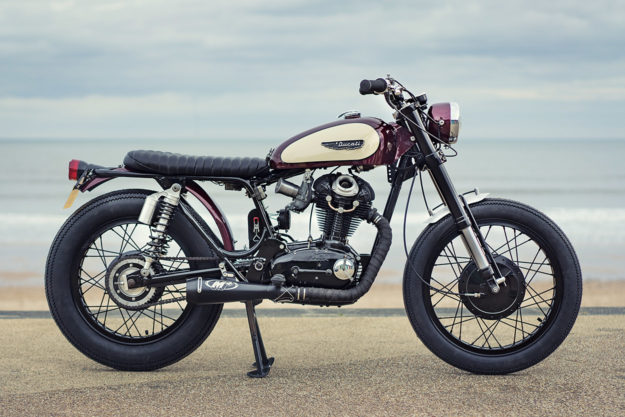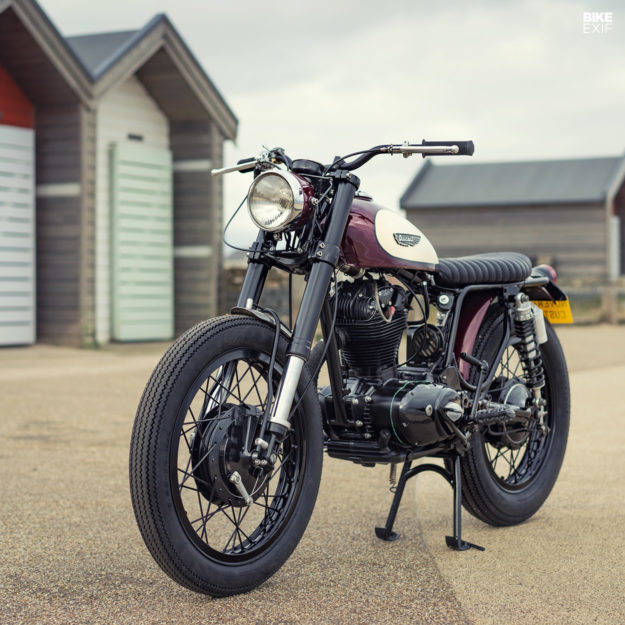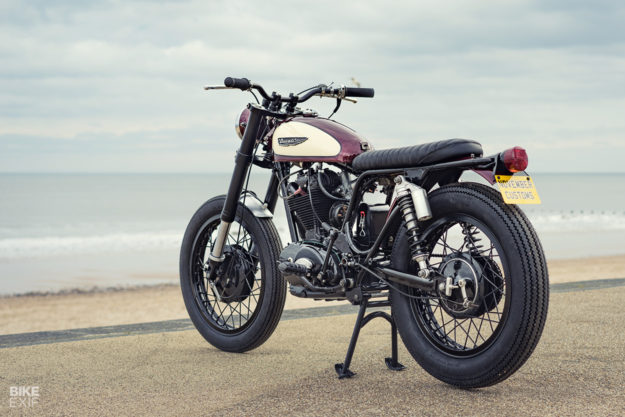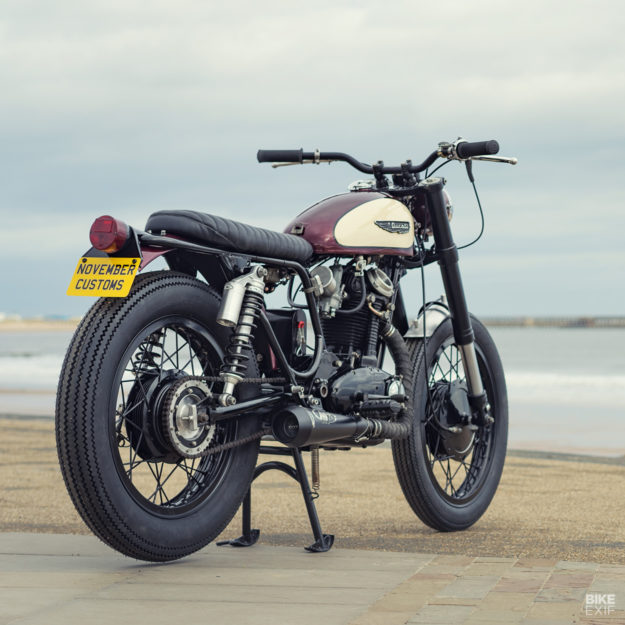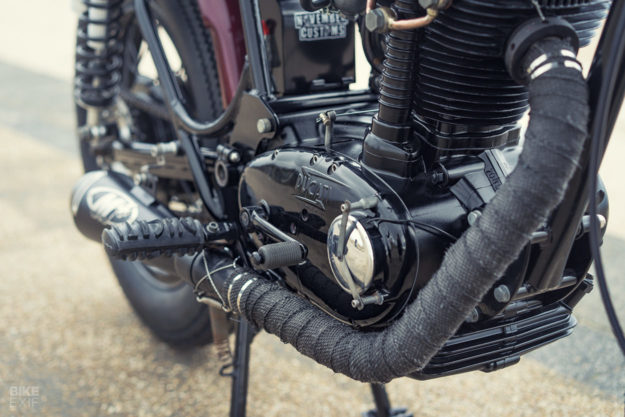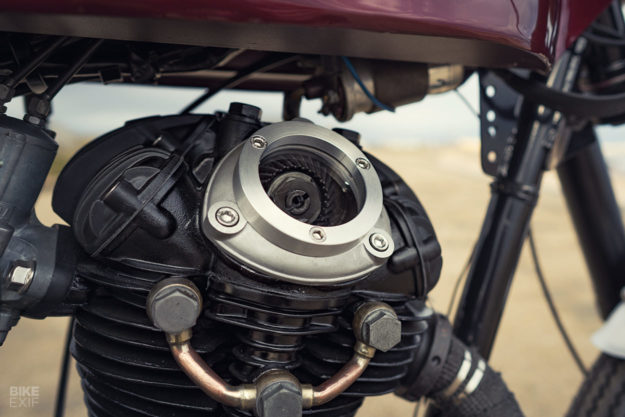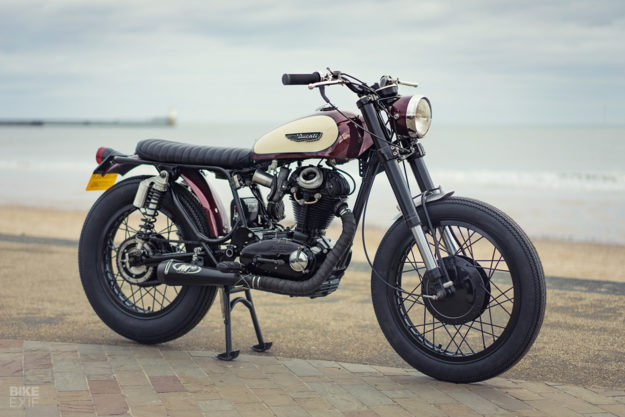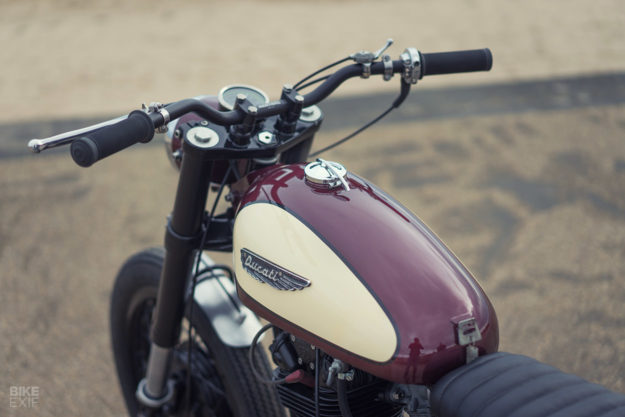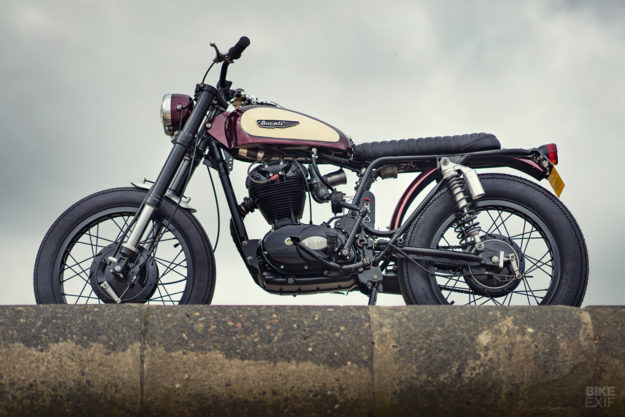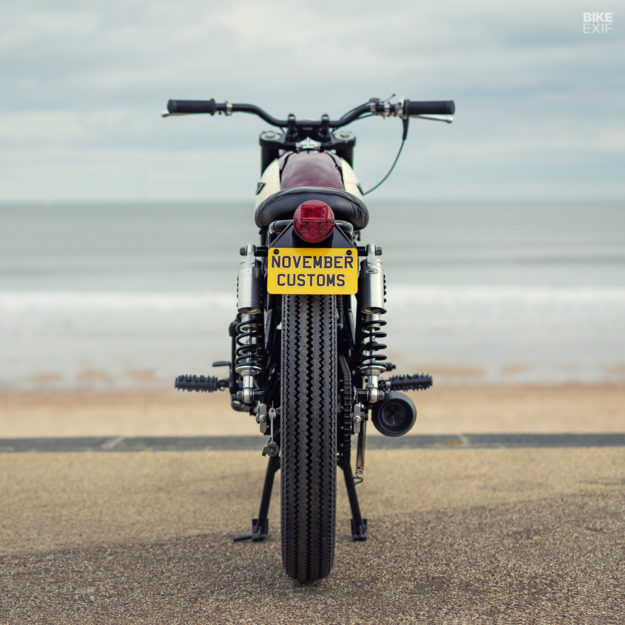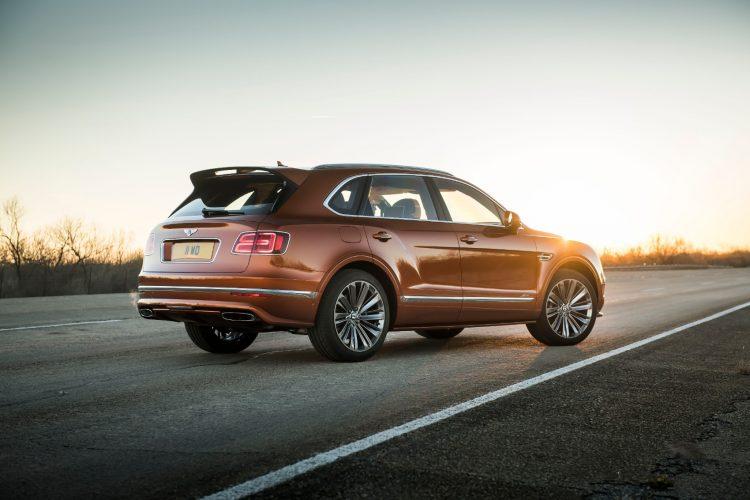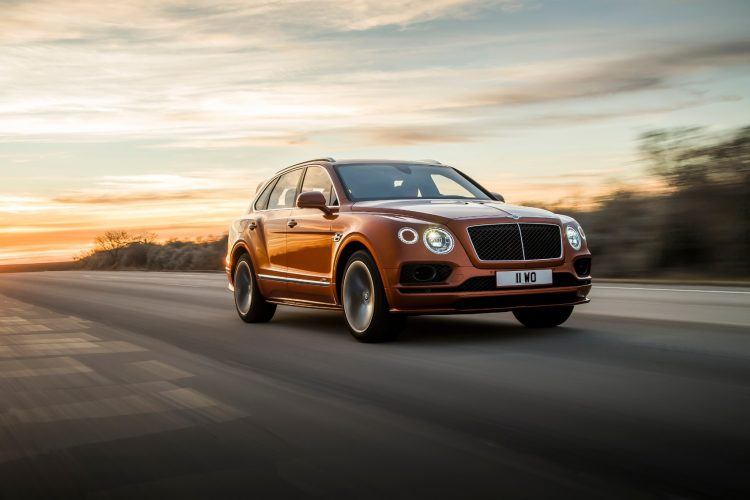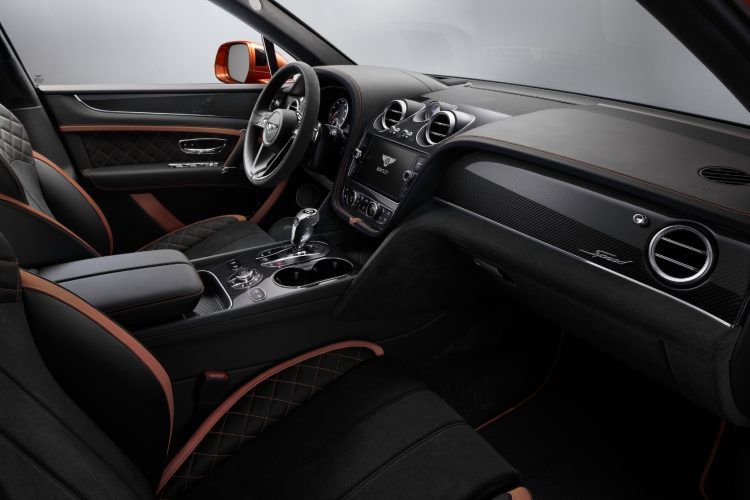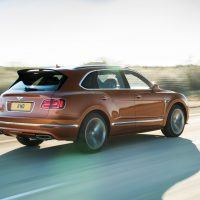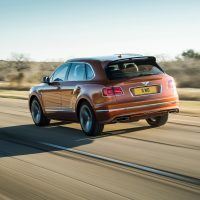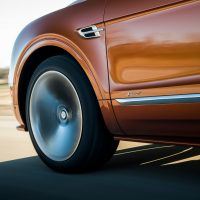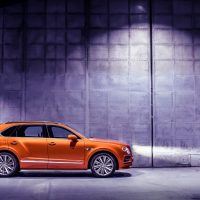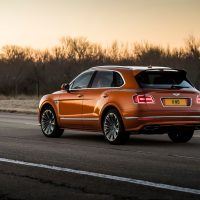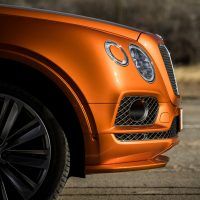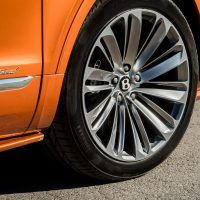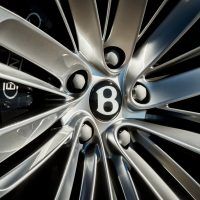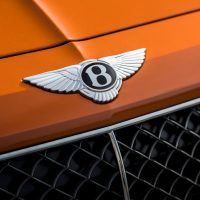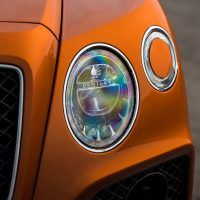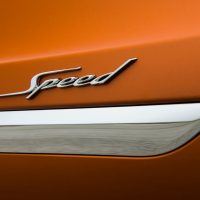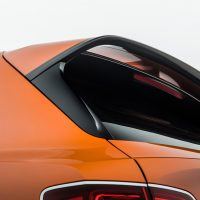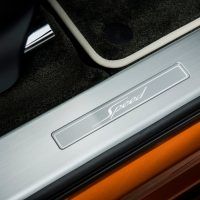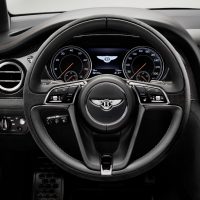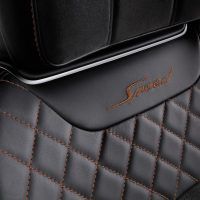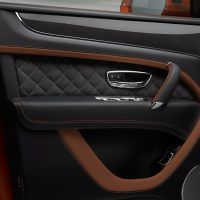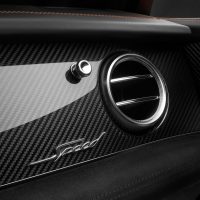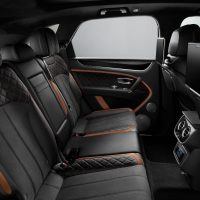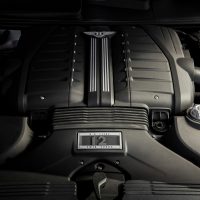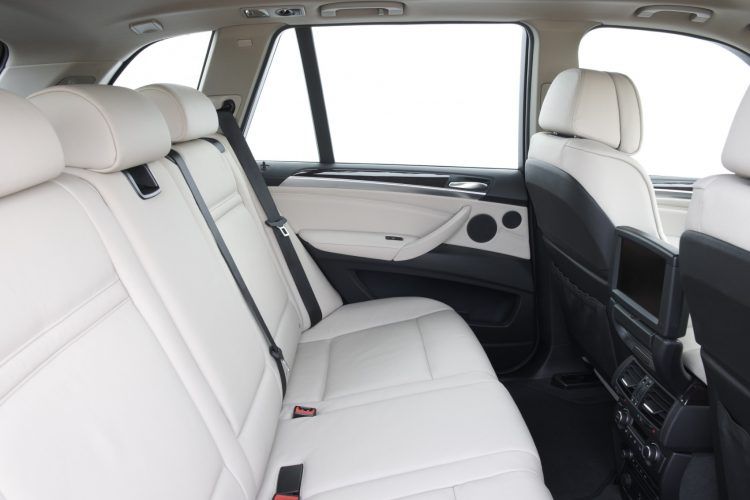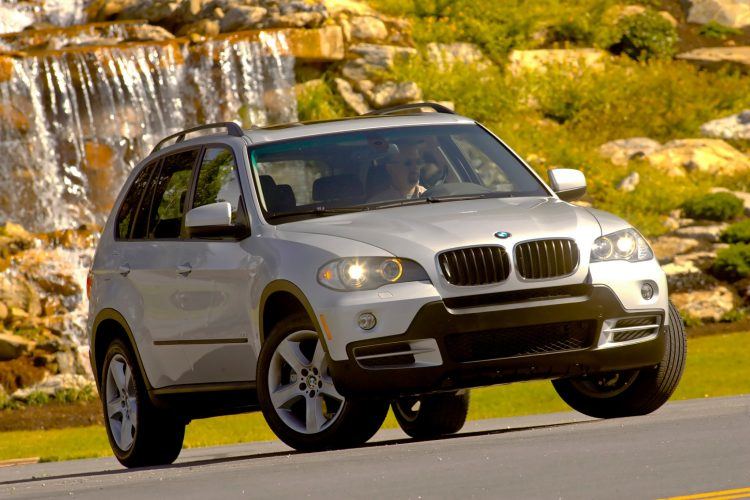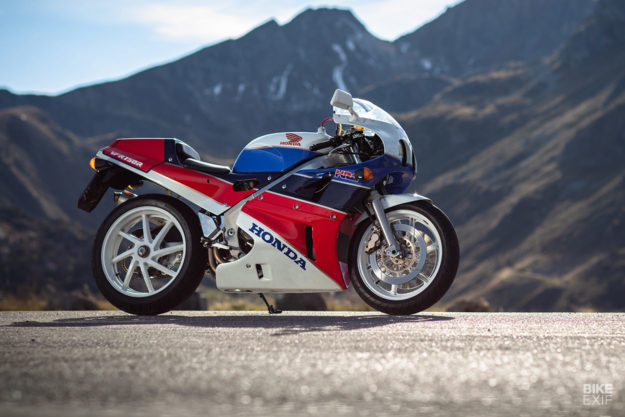
Motorcyclists are a well-read bunch. Despite the well-publicized travails of some mainstream magazine publishers, the niche market is booming. Every country with a reasonably large population seems to have an independent magazine devoted to custom or ‘alt.moto’ culture.
The latest entrant to this pleasingly busy market is Retro-RR from England. It’s a high-quality quarterly with 132 pages, celebrating bikes that were ridden or raced in the 80s and 90s.
We were so impressed with the launch edition, we asked if we could reproduce an abridged version of our favorite article—covering the mighty Honda RC30. Enjoy.
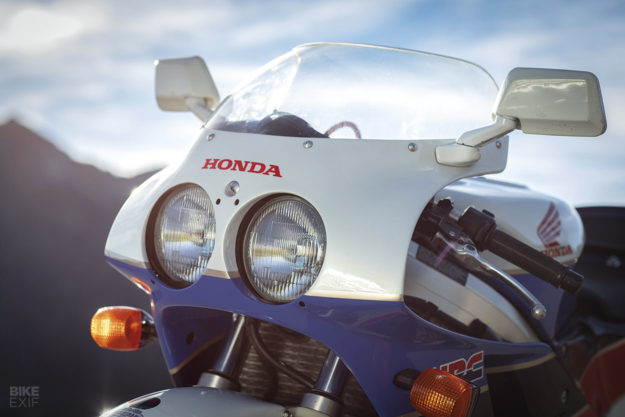
In an age of prosperity, huge tobacco sponsorship and an impending inaugural World Superbike championship, building a winner was the only thing that mattered to the mighty Honda Racing Corporation.
In the late eighties the VFR750R—better known as the RC30—was a dream for engineers and designers. With all emphasis on creating a race-winning production machine with very little regard for the budget, the bike that spawned the term ‘homologation special’ was generously bestowed with magnesium and titanium.
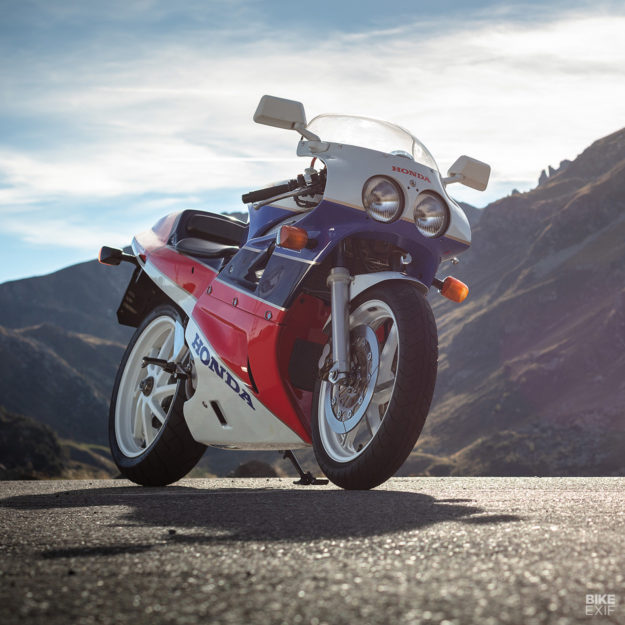
Honda’s engineers already knew how to make a reliable V4 motor and, externally at least, the RC30 motor closely resembled the unit used in the road-going VFR750F. But now they had the opportunity to refine it further, make it lighter and increase the power — to produce the ultimate four-stroke racing engine.
Based on the RVF endurance racer (not to be confused with the later RVF750 RC45) the RC30 used titanium con rods and forged two-ring pistons with skirts so short they weren’t allowed to leave the house.
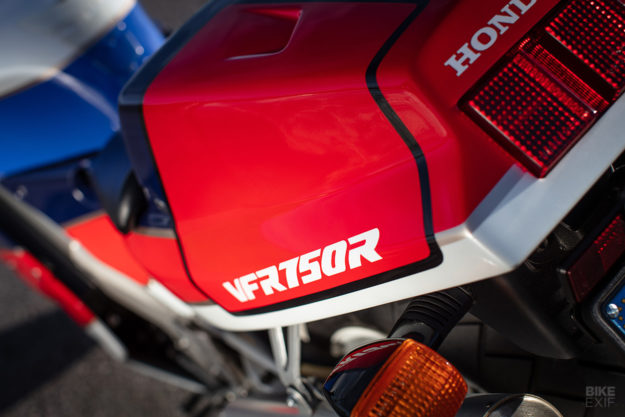
The firing order was changed to a big-bang configuration with a totally new crank; new, hardened valves were used; the lubrication system was uprated and the gear-drive for the camshafts was revised.
Casings were machined differently for the new oil galleries and the rev ceiling was raised from 11,000 to 12,500rpm. It even had a slipper clutch, long before they became the norm. Only the V4 architecture truly remained.
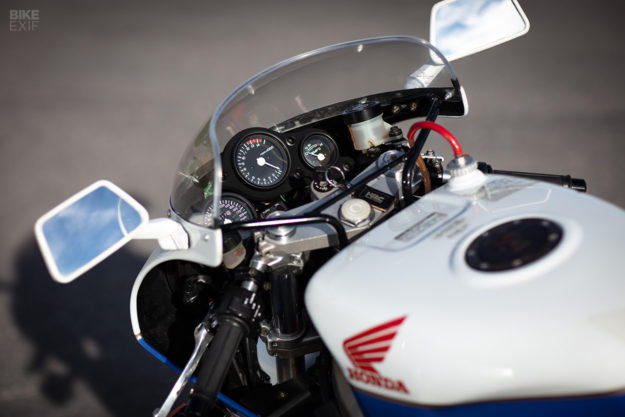
Each of the 3,000 RC30s produced were hand-built in the racing division of the Hamamatsu plant alongside the factory racers. The geometry was sharp and short and the twin-spar aluminum frame was pared down to save weight but was still stiff where it mattered.
Fully adjustable Showa suspension graced both ends with the front forks designed for speedy front wheel changes. The single-sided swinging arm made for similarly rapid rear wheel swaps; this was a bike that had all the ingredients, both mechanically and aesthetically.
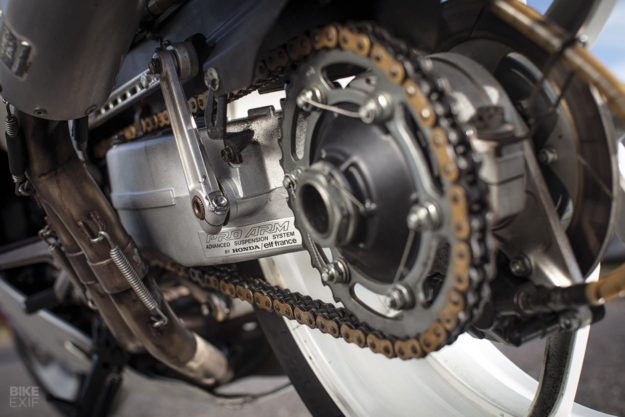
While super-exotic, on paper the numbers didn’t really stack up. In unrestricted form, the bike was claimed to produce 118bhp and 51ft-lb of torque. Hardly staggering performance figures, even with a best-in-class dry weight of 180kg.
But on the racetrack that sublime chassis and motor with its flat, almost totally linear, torque curve added up to a fast lap time. It was easy on the tyres and more importantly, easy on the rider. Never before had the term ‘racer on the road’ been more apt.
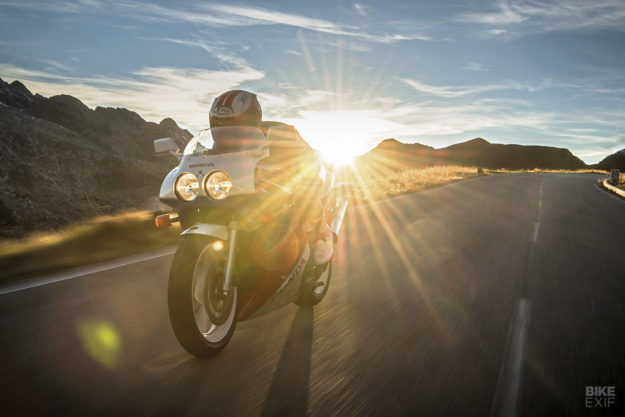
The RC30 soon proved to be the bike to be on. The insanely talented Fred Merkel took the inaugural World Superbike title in 1988 and the American confirmed it was no fluke by repeating the feat the following year.
It won domestic championships the world over and tamed the toughest racetrack of them all, the Mountain Course on the Isle of Man. Legendary riders such as Steve Hislop, Joey Dunlop, Phillip McCallen and Nick Jefferies all took TT victories aboard the RC30. It wasn’t long before pretty much every privateer racer wanted one.
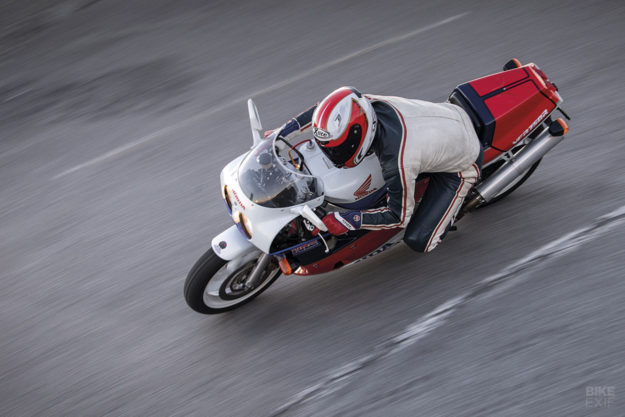
More than 30 years on, finding a mint example of one of Soichiro Honda’s most memorable motorcycles before his passing in 1991 isn’t easy. Most have been either raced or crashed. Or both.
But every once in a while, an opportunity presents itself. This is exactly what happened to our friend, Alessio Barbanti [below]. He’s one of the most respected photographers in motorcycling and a thoroughly Italian man who knows style when he sees it.

“I wanted an RC30 for a very long time,” says Alessio. “It was always the dream bike, the one on top of my list. To find one in good condition is very hard.”
“About two years ago a friend called me and said to come over for coffee. Nothing unusual about that, so I strolled over to his workshop and there it was, my dream machine.”
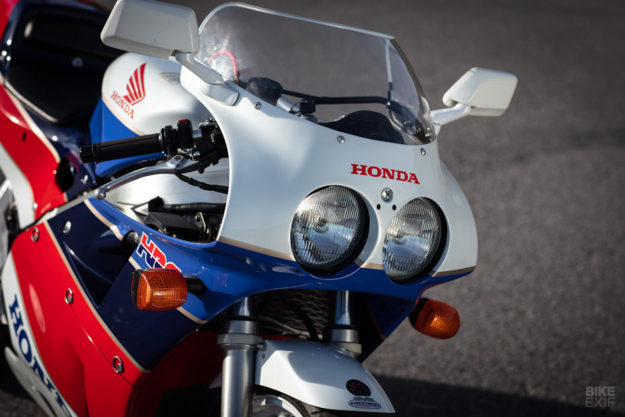
“It belonged to an old Italian guy who’d been living in the USA for about 30 years and had retired to his homeland. The bike was an American-spec bike but not restricted — I spent so much time researching to make sure it was full power and that it wasn’t going to give me problems.”
“I was very lucky. You might say ‘in the right place at the right time’. The bike is in almost perfect condition, everything is genuine Honda and I have the original exhaust too.”
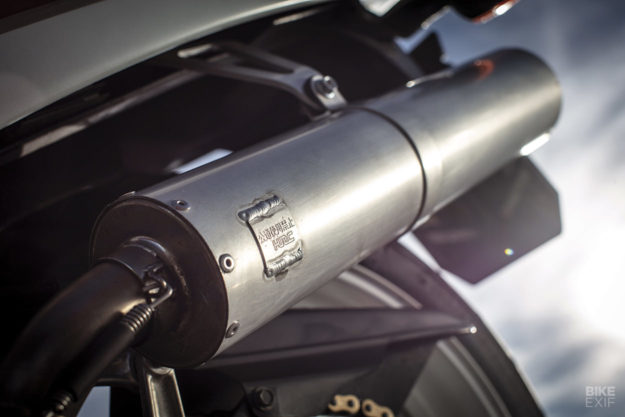
“The one is fitted with the HRC race kit exhaust, which I’ve since found out is incredibly rare. It runs perfectly too. I think the former owner really loved this bike which explains why he was so emotional when he sold it.”
We’re still waiting for an invite to the Italian Alps to find out for ourselves just how good Alessio’s bike is. Though I have a feeling we might be waiting some time.
Retro-RR | Facebook | Instagram | Original words: Rob Hoyles | Images: Matteo Cavadini, Alessio Barbanti
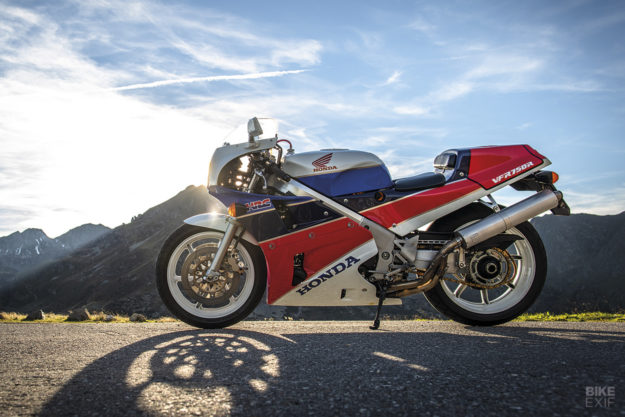
from Bike EXIF https://ift.tt/2H7HWkG
